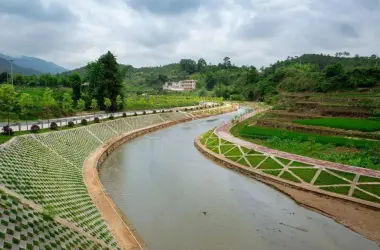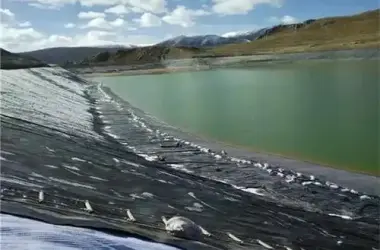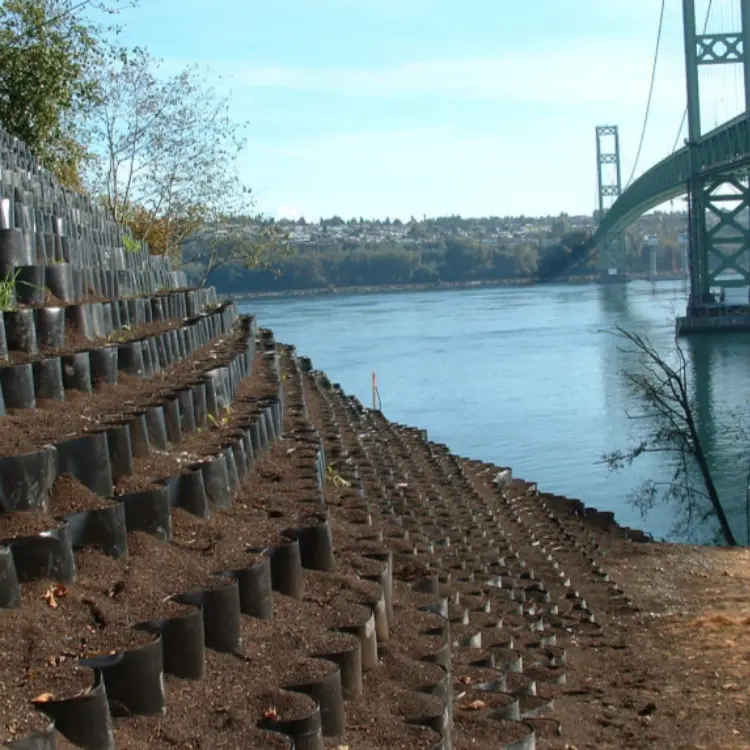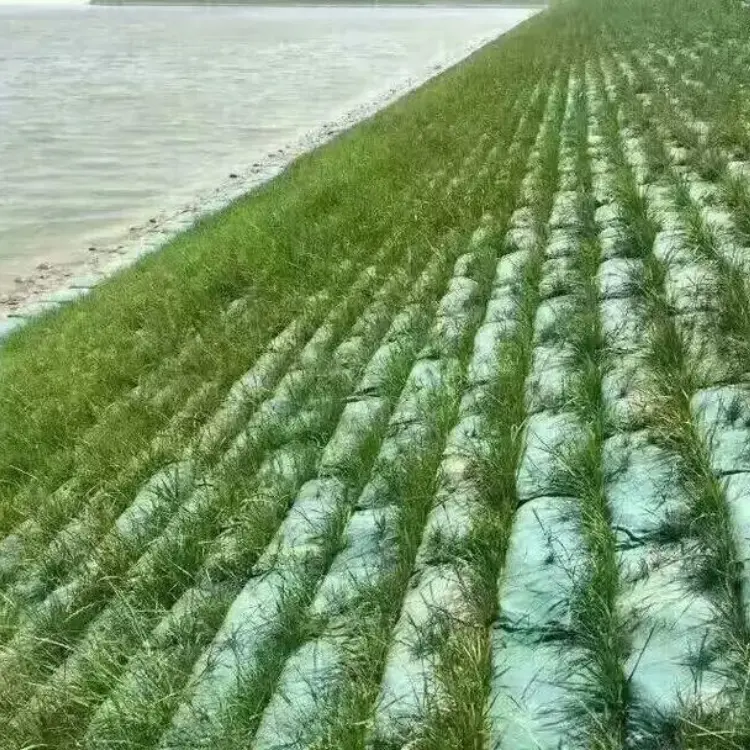
1. Importance of River Regulation
River channels play vital roles in flood conveyance, water storage, navigation, and aquatic ecological maintenance. As critical hydraulic infrastructure and ecological components, river regulation significantly contributes to water storage, runoff modulation, groundwater recharge, and regional water balance – functioning as a natural flood-regulating sponge. Consequently, river management represents an urgent contemporary imperative.

2. Aquatic Ecological Restoration
Evolution in management philosophy: Historically focused solely on flood control, simplistic flood-prevention engineering inadvertently caused river pollution. This catalyzed growing emphasis on aquatic ecological restoration in recent decades .
Ecological river regulation: Defined as human-assisted rehabilitation activities within riparian control lines that restore aquatic ecosystems while preserving fundamental functions (flood control, drainage, water diversion), ultimately establishing healthy, integrated, and stable river ecosystems.
Three governance approaches:
- Flood/drainage-focused medium-small river management
- Ecosystem health-oriented aquatic conservation/restoration
- Scenic landscape-driven waterfront development.
 3. Foundational Principles for Ecological River Regulation
3. Foundational Principles for Ecological River Regulation
- Comprehensiveness: Ensure flood control, drainage, and water diversion functions while integrating ecological services, water purification, and landscape aesthetics with waterfront activity safety protocols.
- Harmony: Align with regional development characteristics, synchronizing river ecology with surrounding landscapes.
- Naturalness: Prioritize rehabilitation of natural hydro-ecological habitats using primarily passive restoration supplemented by active measures. Leverage existing fluvial morphology, topography, and hydrology while favoring native species to establish resilient ecosystems.
- Economic viability: Synchronize with socioeconomic development through context-appropriate, energy-efficient solutions. Balance initial construction with long-term maintenance costs to ensure sustainability.
 4. River Seepage Control & Ecological Rehabilitation
4. River Seepage Control & Ecological Rehabilitation
Impermeabilization: Implement composite geomembranes for seepage prevention.
Ecological function recovery: Ecological river regulation aims to restore aquatic ecosystems while preserving fundamental functions, creating suitable habitats for biological activities. This necessitates reengineering traditional concrete channels and revetments through:
- Partial demolition of stone masonry revetments, replaced with earthen embankments and native turf slopes or eco-concrete grassing
- Restoring natural river morphology generates diverse flow paths that foster aquatic habitats. Variable channel geometry (width/depth fluctuations) enhances water storage capacity for flood regulation while strengthening self-purification capacity to improve water quality.